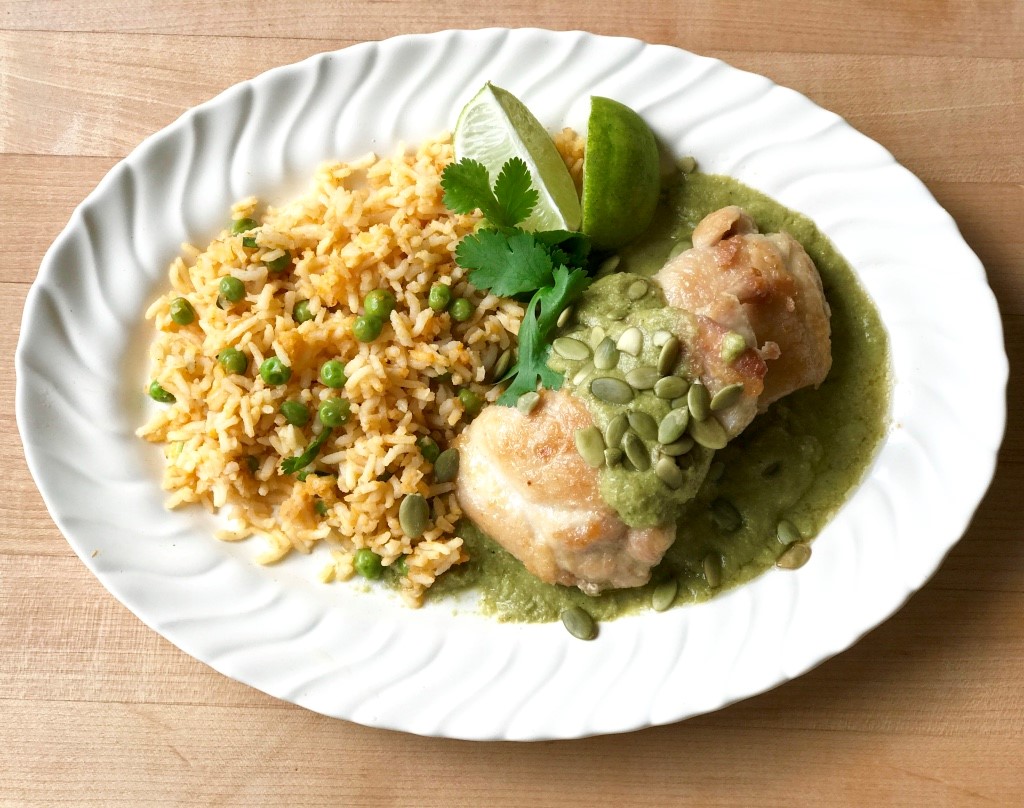
Customs and Cuisine of Guatemala
Local Cuisine
Boxbol is a nutritious traditional Ixil dish is prepared with cornmeal and squash leaves, served with a delicious squash seed sauce and tomato salsa. Ixiles typically use the leaves from the squash güisquil (pronounced whiskeel) which is in the chayote family. The corn is soaked and cooked in water with lime (the mineral, not the citrus!) and a little bit of ash to produce nixtamal, which is then ground into masa (cornmeal dough). The masa is expertly wrapped in the güisquil leaves and boiled for 10 minutes.
The sauce for boxbol is made by grinding the seeds of the güisquil into a paste with a splash of warm water and a dash of salt. The fresh tomato salsa is made using a piedra de moler (similar to a mortar and pestle) with tomatillos or vine tomatoes, chili, and salt.
To make this dish in the US, use Swiss chard or large spinach leaves as a substitute for the güisquil leaves and pumpkin seeds in the sauce.
Caldo de Bodas (Wedding Soup) is a soup traditionally made for big celebrations, especially weddings. Smoked chicken and local vegetables (such as güisquil and corn on the cob) are added to chicken broth and all guests enjoy the soup.
Tamales de Siete Camisas (Seven Shirt Tamales) are another celebratory dish. Masa (cornmeal dough, similar to that used to make tortillas) is flattened and a layer of black bean paste is spread over it. The mixture is then rolled and cut into tamale-sized pieces (about 2 inches by 4 inches) and steamed inside of cornhusks. When the tamale is removed from the cornhusks and cut into, people say that it has the image of seven shirts stacked on top of each other.
Atol de Elote is a warm drink that is a traditional comfort food enjoyed by many Limitless Horizons Ixil scholars and families. Corn is soaked for several hours, and then ground on a metate (grinding stone). Once a smooth paste is formed, it is added to milk or water, white sugar, brown sugar, cinnamon, and salt, and boiled for several hours. This is often made daily and served to visiting family and friends.
Tomate de Árbol (Tree Tomato) Salsa is made from the fruit of a flowering plant in the Nightshade plant family. The plant is native to Central and South America, and the tree tomatoes are commonly ground into a salsa with cilantro, lemon juice, hot peppers, and onion.
Cultural Rituals
Maya New Year is celebrated each February, with the exact date varying based on the Maya calendar. Town elders and members of the community congregate at the town hall and the Maya mayor (a different representative than that of the Guatemalan government) performs a ritual with candles and blesses the town for the year. Although not everyone observes this tradition in modern times, it is still practiced annually in Chajul in an effort to preserve the Maya cultural heritage.
Atol de Masa is a ritual performed with traditional food. During Semana Santa (Holy Week, the week prior to Easter), the seeds of the zapote fruit are toasted, ground, and mixed with masa (cornmeal dough), and a small volcano is formed. A small amount of water is added to this mixture, and if a foam begins to form, it is said that the family will have abundance for the year to come. If it does not foam, the family is believed to be poor and inundated with problems until the following Semana Santa.
Festivals and Celebrations
Second Friday, the second Friday of Lent, is the biggest annual festival in Chajul. Ixiles from the entire region make a pilgrimage to the Christ of Golgatha, a statue of Christ that is believed to give miracles, located inside the main church of Chajul. They bring offerings of traditional food and drink and ask for blessings for the year.
Maya traditions are also celebrated during this celebration. Chajuleneses and Ixiles from surrounding region climb San Andres, the highest point in Chajul. Here, they light bonfires and make offerings, asking for blessings.
In the town center, games, Ferris wheels, other rides, and street food stands are temporarily installed for families to enjoy. Chamomile flowers and rosemary flowers are also traditionally sold by children.
Fería de San Gaspar is the celebration of Chajul’s patron saint, San Gaspar. Beginning on January 4 of each year, marimba bands and traditional dancers perform throughout the day for three days in the town center. Each night, large fiestas are held in the town hall, where a young woman who has been chosen to represent the town for the year is honored, music is played, and the community comes together to dance. On January 6, community members wearing traditional Maya dress or costumes and masks dance in the streets and parade throughout the town. In the afternoon of this final day, the town dancers perform one last time, fireworks are lit, and traditional foods such as tamales and soups are eaten in homes with family and friends.
Sources:
Limitless Horizons Ixil
View Recipes from Guatemala
Guatemala
